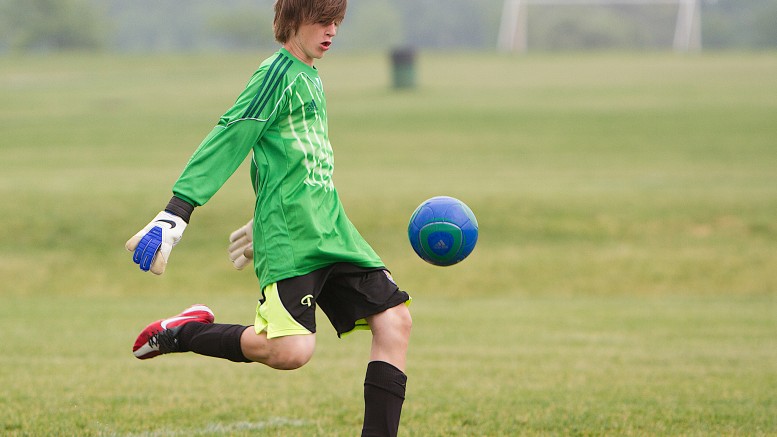A recent investigation found a possible association between a new athletic field turf called “sprint turf” or “field turf” and some forms of cancer such as leukemia and lymphoma. The field turf in question has been used for at least 20 years around the whole country, and it’s made of a special “crumb” butadiene rubber obtained from recycled tires and synthetic fibers.
The good
This athletic turf does possess several interesting properties that made it incredibly popular for all types of sport fields, from soccer to hockey, football and even lacrosse. It is in fact superior to its competitors in terms of safety, as athletes who fall or slip on it will suffer a reduced frequency and severity of all types of injuries, including concussions, ligament damage and muscle tears. The rubbery pellets that constitute the structure of this turf are much softer than other synthetic counterparts, while also being much easier to keep than natural grass ones. Its ease of drainage is the “icing on the cake” that make this turf an almost perfect surface over which you may want to play a sport.
Almost.
The bad
Although this turf does possess several advantages, the downside could be much terrible than all of them together. In a recent report, NBC Nightly News showed that this turf’s rubber particles can in fact contain several chemical byproducts that could cause cancer in young athletes playing on the field. Even though no casual connection has yet been identified, at least 38 young athletes (34 of which were goalies) playing on this synthetic turf were diagnosed by leukemia and lymphoma. Rubber crumbs can in fact be ingested through the mouth or nose, or come in contact with the athletes through hair and skin, especially through small superficial injuries like abrasions. Playing over this field also causes enough friction to pulverize microscopic part of rubber, producing a very volatile dust that could be inhaled during a match.
The ugly
Football turf made of recycled rubber can be still as dangerous as the chemicals contained in the rubber tires themselves, such as benzene, lead and carbon black. All these hazardous chemicals are associated with cancers such as lymphoma and leukemia among the others, the same cancers diagnosed to the 38 young athletes that Amy Griffin, the associate head soccer coach at the University of Washington, reported in 2009. “I’ve coached for 26, 27 years,” she explained during an interview. “My first 15 years, I never heard anything about this. All of a sudden it seems to be a stream of kids.”
Goalkeepers seem to be much more at risk than other athletes, as they are constantly in contact with the rubbery surface of the turf. Every time they dive, they throw a black cloud of dust in the air and then breathe it. Every time they scratch their skin on the football turf, the carcinogenic tire pellets gets inside their bodies, increasing the risk for cancer. Artificial turf fields can be found in almost every American school and athletic complex, and may represent an incredible risk for athletes of all ages.
In her investigation, NBC’s Hannah Rappleye wrote that “a review of the relevant studies and interviews with scientists and industry professionals, was unable to find any agreement over whether crumb turf had ill effects on young athletes, or even whether the product had been sufficiently tested.” However both New York City and the Los Angeles Unified School District stopped installing crumb rubber turf fields in parks and schools a few years ago, while the Safe Healthy Playing Fields Coalition requires a warning sign at artificial turf fields in all Maryland.
REFERENCES
- HANNAH RAPPLEYE, “How Safe Is the Artificial Turf Your Child Plays On?” NBC News. http://www.nbcnews.com/news/investigations/how-safe-artificial-turf-your-child-plays-n220166
- Cindy Boren, “Is there a link between artificial turf and cancer in soccer goalies?” The Washington Post. https://www.washingtonpost.com/news/early-lead/wp/2014/10/09/is-there-a-link-between-artificial-turf-and-cancer-in-soccer-goalies/
- Butticè, Claudio (2015). “Solvents”. In Colditz, Graham A. The SAGE Encyclopedia of Cancer and Society (Second ed.). Thousand Oaks: SAGE Publications, Inc. pp. 1089-1091. ISBN 9781483345734.
